
Unveiling Purity: A Guide to Ceylon Organic Tea
Ceylon Organic Tea, hailing from the lush tea gardens of Sri Lanka, is celebrated worldwide for its distinctive taste and exceptional quality. As more consumers turn towards organic products for […]
 play_arrow
play_arrow
The Ultimate Guide to Tea Brewing Mr. Tea Talk
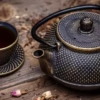 play_arrow
play_arrow
A Comprehensive Review of 3 Must-Have Tea Products on Amazon Mr. Tea Talk
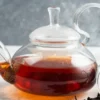 play_arrow
play_arrow
The Ultimate Guide to the Best Tea Essentials on Amazon: Kettles and Teapots You’ll Love Mr. Tea Talk
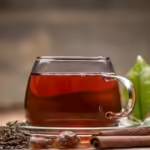 play_arrow
play_arrow
The Best Teapots for Tea Lovers: Silver vs. Borosilicate Glass Mr. Tea Talk

 play_arrow
play_arrow
Exploring the World of Tea Brewing Accessories Mr. Tea Talk
Tea brewing is an art that spans cultures and traditions, each region boasting its unique utensils and techniques. From the elegant simplicity of traditional vessels to the cutting-edge innovations of modern technology, the world of tea brewing utensils offers a vast landscape to explore. This comprehensive guide aims to delve into the diverse array of utensils used in brewing tea, uncovering their history, functionality, and cultural significance. Whether you’re a seasoned enthusiast or new to the world of tea, join us on a journey through the art and craftsmanship that enriches the tea brewing experience worldwide. Discover how these tools not only enhance the flavors of tea but also reflect the deep-rooted traditions and innovations that have shaped tea culture across centuries.
Tea brewing is steeped in tradition, with a rich array of utensils that play integral roles in crafting the perfect cup. Explore these traditional tools, each steeped in history and revered for its unique contribution to the art of tea:
The teapot is not merely a vessel for brewing tea; it holds deep cultural significance and embodies centuries of craftsmanship across various cultures. Here’s a deeper exploration of its significance:
In essence, the teapot is more than just a tool for brewing tea; it is a cultural artifact that bridges craftsmanship, tradition, and the art of tea making. Its diversity in form and function underscores the rich tapestry of global tea cultures, making it a cornerstone of tea brewing worldwide.
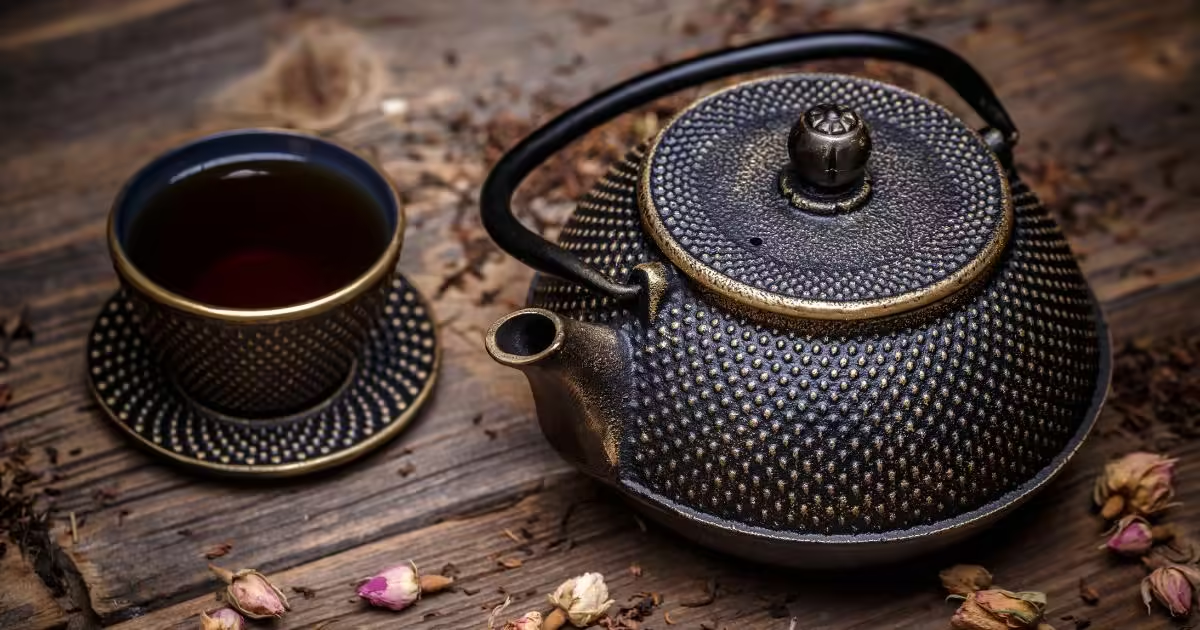
The gaiwan is a traditional Chinese tea brewing vessel that has gained popularity not only for its practical design but also for its role in enhancing the tea drinking experience. Here’s a detailed exploration of the gaiwan:
In summary, the gaiwan stands as a testament to the artistry and functionality of Chinese tea culture. Its simple yet elegant design, coupled with its ability to highlight the essence of tea leaves, has made it a beloved tool among tea connoisseurs worldwide, enriching the enjoyment and appreciation of fine teas.
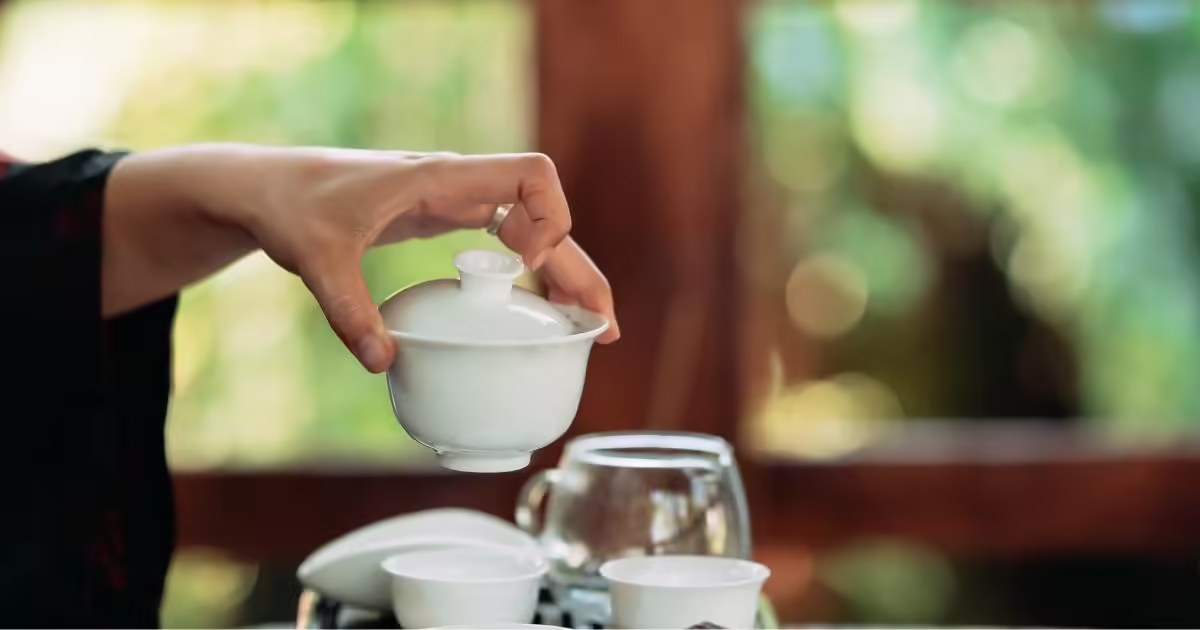
The Yixing clay teapot, originating from China’s Jiangsu province, holds a special place in the world of tea for its unique properties and craftsmanship. Here’s a deeper look into what makes Yixing clay teapots so revered:
Yixing clay teapots represent a harmonious blend of functionality, artistry, and cultural heritage. Their ability to improve with age and elevate the tea-drinking experience makes them cherished possessions among tea lovers who appreciate the subtleties and complexities of fine tea.

In essence, the chawan is more than just a vessel; it is a symbol of Japanese tea culture’s essence—simplicity, mindfulness, and aesthetic refinement. Its role in preparing matcha tea underscores the importance of ritual and respect for tradition in the enjoyment of tea, making it a beloved and integral part of tea ceremonies and daily tea rituals alike.
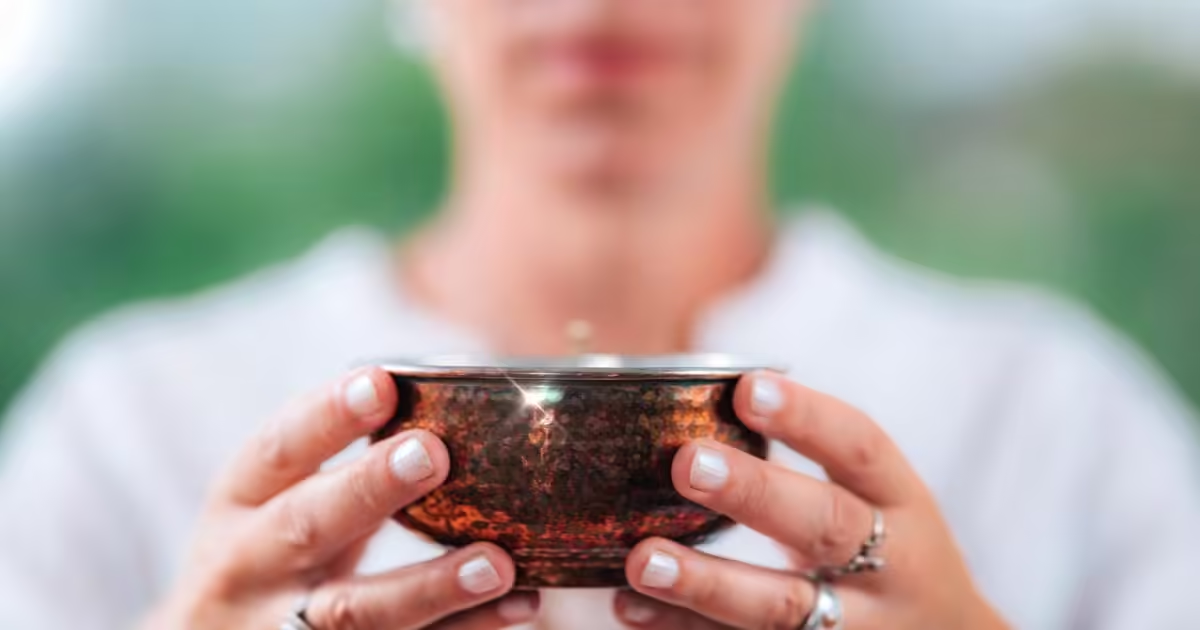
The bamboo whisk, known as chasen in Japanese, is a crucial tool in the preparation of matcha, a powdered green tea celebrated for its rich flavor and frothy texture. Here’s a detailed exploration of the chasen and its role in Japanese tea rituals:
In summary, the bamboo whisk (chasen) is not just a tool but a symbol of craftsmanship, tradition, and ritual in Japanese tea culture. Its ability to transform powdered tea into a frothy delight underscores its indispensable role in preparing matcha and enriching the tea-drinking experience.
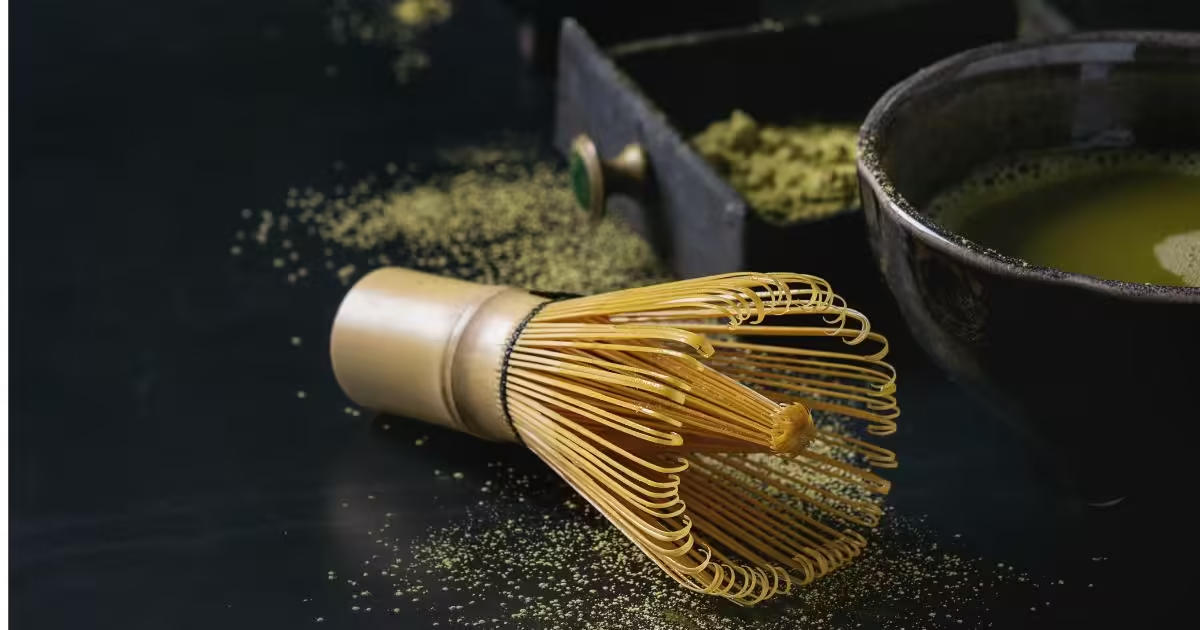
Each of these traditional tea brewing utensils not only enhances the flavors and aromas of tea but also embodies the cultural and artistic traditions that have shaped tea ceremonies and rituals for centuries. Whether exploring the delicate art of gongfu cha or the serene tranquility of Japanese tea ceremonies, these utensils invite tea enthusiasts to savor the essence of tea culture through every brewed cup.
The evolution of tea brewing has embraced modern technology, resulting in a range of innovative tools and devices that enhance the convenience, consistency, and quality of tea preparation. Here’s a closer look at some of the key advancements in modern tea brewing:
Designed for both convenience and precision, electric kettles have revolutionized the tea brewing process. Equipped with adjustable temperature settings, these kettles allow users to fine-tune the water temperature to suit different tea varieties, ensuring optimal brewing conditions. Whether you’re steeping delicate green teas or robust black teas, electric kettles provide precise control, enhancing the flavor and aroma of your brew.

Modern infusers and strainers, ranging from stainless steel mesh infusers to silicone tea balls, have simplified the tea brewing process. These devices make brewing hassle-free and mess-free, allowing for easy extraction of flavor without the inconvenience of loose leaves. They come in various shapes and sizes, making them suitable for different types of teapots, mugs, and cups. Their ease of use and effective filtration ensure a smooth and enjoyable tea experience.
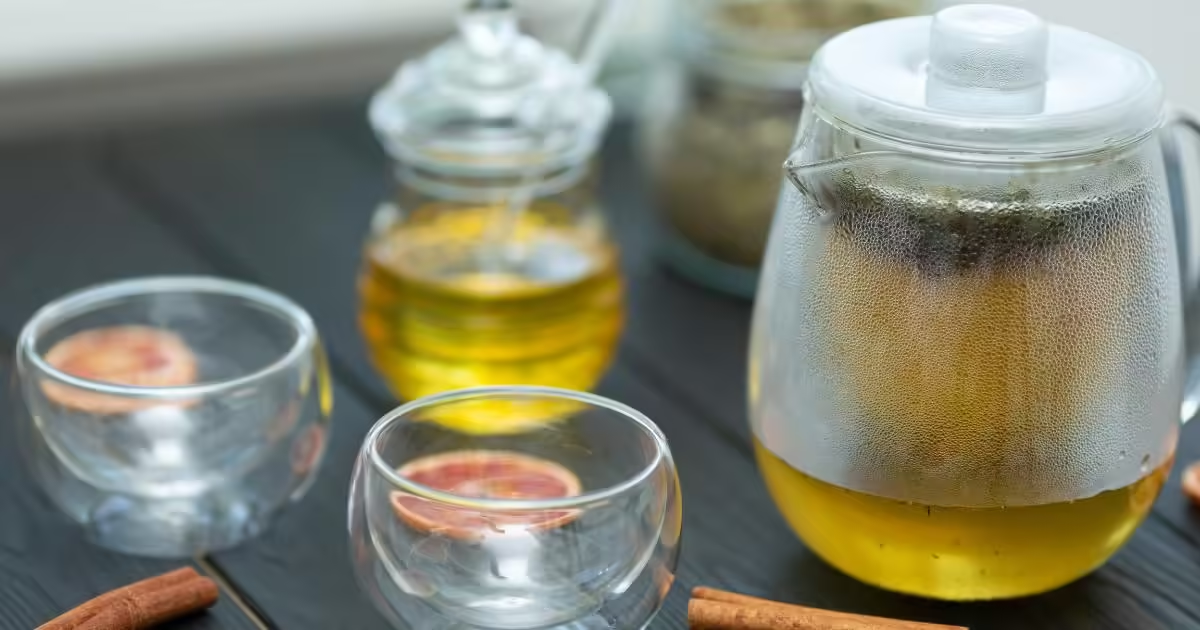
Automated tea makers and presses are at the forefront of modern tea brewing technology. These devices streamline the brewing process, offering programmable settings that allow users to customize brewing times, temperatures, and steeping durations. Features such as pre-set programs for different tea types and adjustable steeping cycles ensure that every cup is brewed to perfection, catering to individual tastes and preferences.
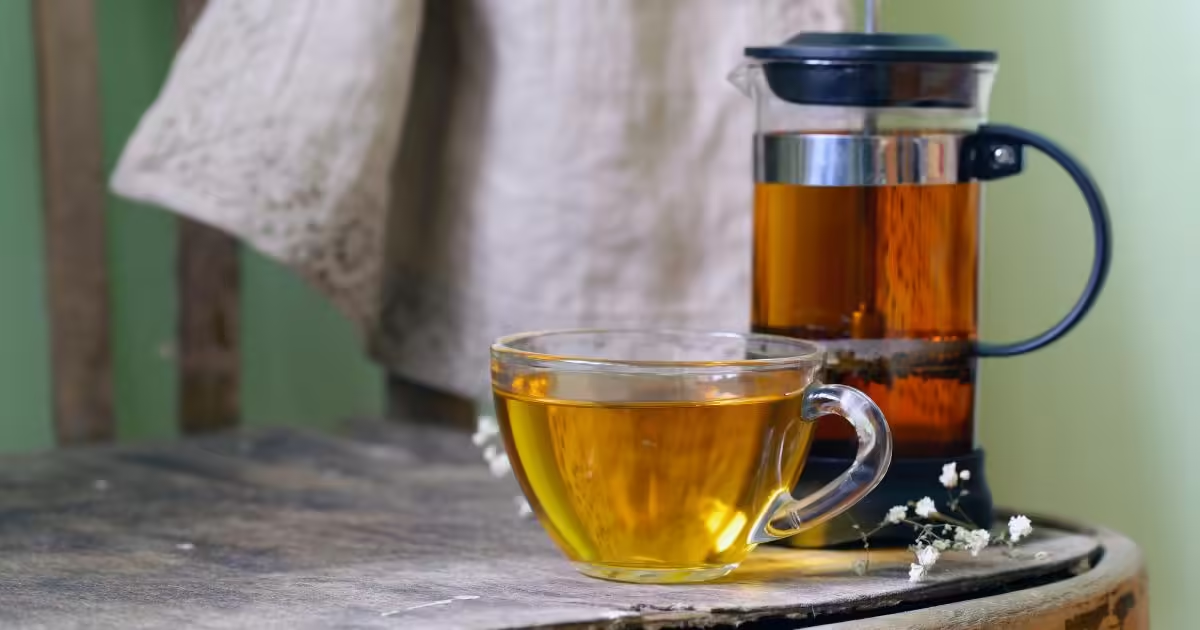
For tea enthusiasts on the go, compact travel tea sets provide the perfect solution for enjoying quality tea anywhere, anytime. These sets typically include portable teapots, cups, and infusers, designed to be lightweight and easy to carry. Travel tea sets ensure that you don’t have to compromise on quality or convenience, allowing you to brew and savor your favorite teas while traveling, hiking, or simply commuting.
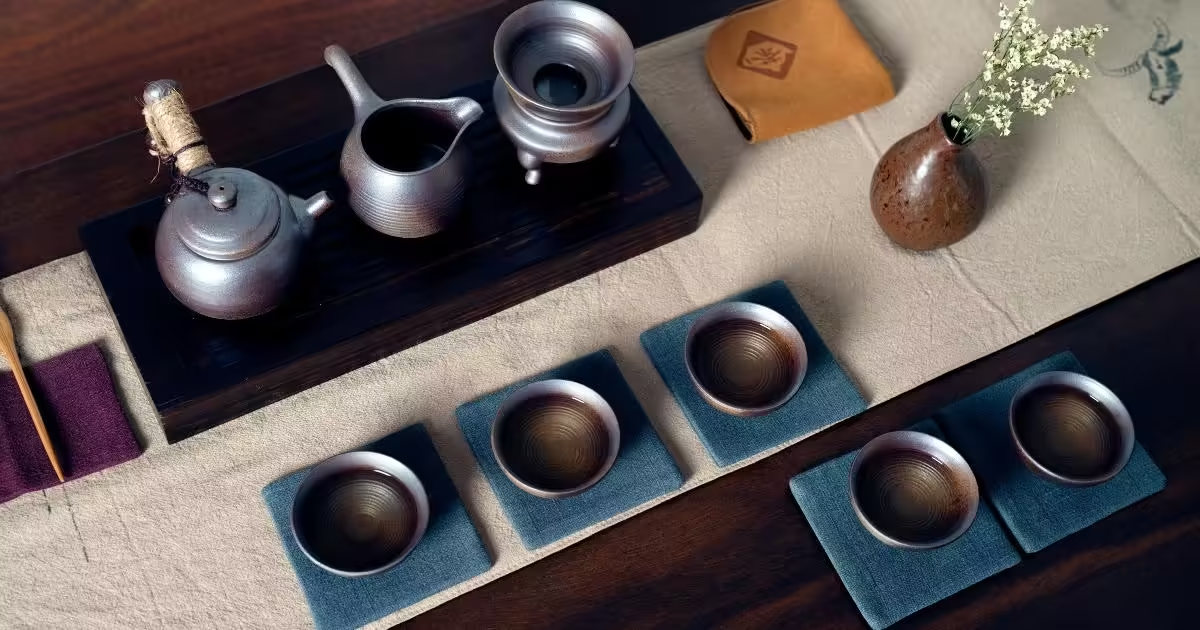
The advent of smart technology has introduced a new dimension to tea brewing. Smart tea brewing devices, equipped with Bluetooth connectivity and customizable brewing profiles, offer unprecedented control and convenience. Users can set precise brewing parameters through dedicated apps, allowing for consistent and personalized tea experiences. Features such as remote control, automated brewing schedules, and real-time monitoring enhance the ease and enjoyment of tea brewing, making it possible to achieve the perfect brew with just a few taps on your smartphone.
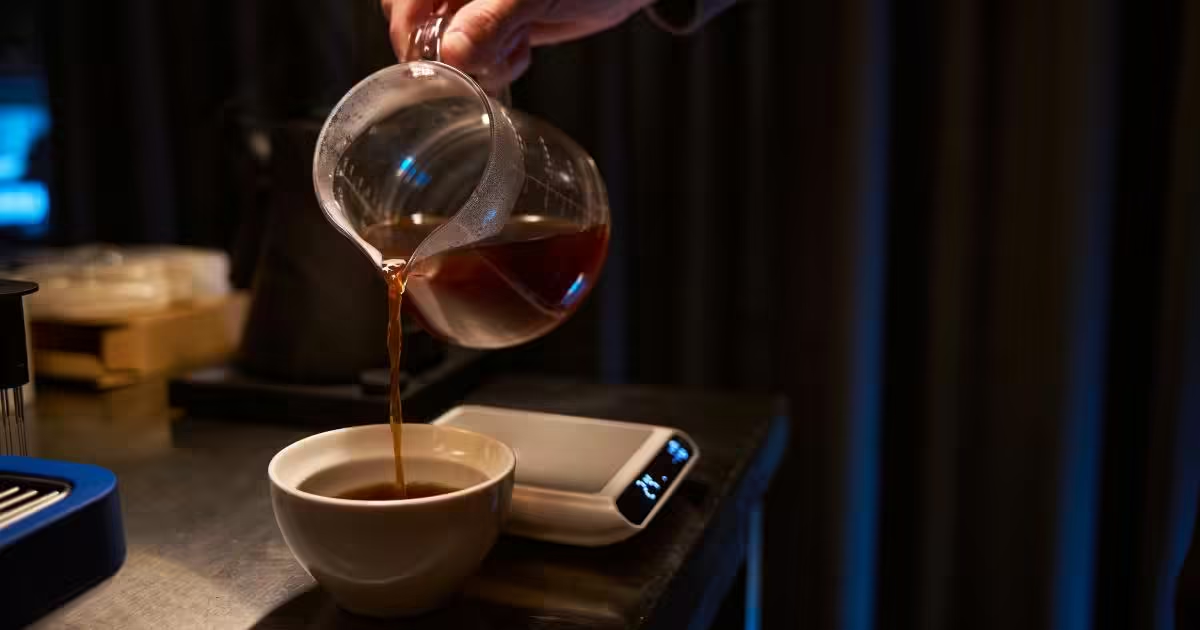
These modern innovations in tea brewing not only enhance the functionality and convenience of preparing tea but also elevate the overall experience, making it easier than ever to enjoy a perfectly brewed cup of tea, tailored to your taste preferences and lifestyle. Whether you are a seasoned tea aficionado or a casual tea drinker, these advancements offer something for everyone, enriching the way we experience and enjoy tea.
From ancient traditions to modern innovations, tea-brewing utensils play a vital and dynamic role in shaping the art and experience of tea consumption. Across cultures and centuries, these utensils have evolved to reflect both tradition and innovation, each contributing uniquely to the ritualistic and sensory pleasures of tea drinking.
Honoring Tradition: Utensils like the classic teapot, gaiwan, Yixing clay teapot, and chawan embody centuries-old traditions and craftsmanship. These tools not only facilitate the brewing process but also symbolize cultural heritage and the meticulous artistry that goes into preparing and serving tea. Each utensil tells a story of cultural significance and reverence for the tea-drinking ritual, connecting tea enthusiasts to generations of tea culture.
Embracing Innovation: In contrast, modern advancements such as electric kettles with precise temperature control, efficient infusers and strainers, automated tea makers and presses, travel tea sets, and smart brewing devices cater to contemporary lifestyles and preferences. These innovations enhance convenience, consistency, and customization in brewing, ensuring that tea lovers can enjoy a perfect cup tailored to their tastes, whether at home or on the go.
A Gateway to Appreciation: As tea continues to captivate enthusiasts worldwide, the exploration of brewing utensils serves as a gateway to a deeper appreciation and understanding of this timeless beverage. Each utensil, whether steeped in tradition or embracing the latest technologies, invites exploration into the flavors, aromas, and cultural contexts that define tea drinking around the globe.
Whether you are drawn to the elegance of traditional Chinese tea ceremonies or the convenience of modern brewing gadgets, the diversity of tea brewing utensils enriches the tea-drinking experience, offering something for every tea lover to explore and enjoy. As you embark on your own tea journey, may these utensils enhance your appreciation of tea’s rich history, cultural significance, and sensory delights.
Tagged as: Tea Brewing Utensils.

Ceylon Organic Tea, hailing from the lush tea gardens of Sri Lanka, is celebrated worldwide for its distinctive taste and exceptional quality. As more consumers turn towards organic products for […]


Copyright | Ceylon Wild Tea - All Rights Reserved | 2025
Post comments
This post currently has no comments.